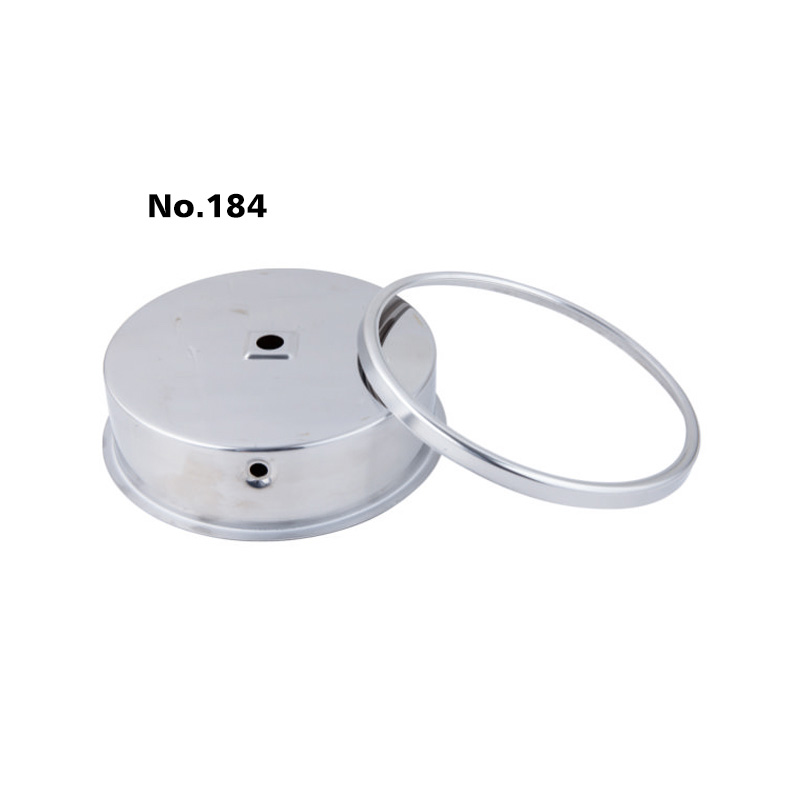In the process of industrial process control and technical measurement, due to the characteristics of high mechanical strength and convenient production of elastic sensitive components of mechanical pressure gauges, mechanical pressure gauges are more and more widely used.
The pressure gauge passes the elastic deformation of the sensitive elements (Bourdon tube, bellows, bellows) in the gauge, and then the pressure change is transmitted to the pointer by the conversion mechanism of the movement in the gauge, causing the pointer to rotate to display the pressure.

The pressure measurement principle of the pressure gauge is actually very simple, and many of our technical personnel are very familiar with it, but for those who have just understood the pressure gauge, they may not understand it thoroughly. Now, the pressure measurement principle of the pressure gauge is described as follows:
The pressure gauge generates elastic deformation through the elastic element inside the pressure gauge, and then we transform this deformation into a kind of rotation through the transmission mechanism, so that the pointer is deflected to show the real pressure.
There are many elastic elements of the pressure gauge, the common ones are bellows, there are many kinds of bellows, C-shaped tubes, coil spring tubes, spiral tubes and other forms. These elastic elements have high plasticity, high strength and elastic effect.
The diaphragm sensitive element is a circular diaphragm with waves, the diaphragm itself is located between the two flanges, or is welded on the flange or its edge is sandwiched between the two flanges. One side of the diaphragm is subjected to the pressure of the measuring medium. In this way, the small bending deformation produced by the diaphragm can be used to indirectly measure the pressure of the medium. The magnitude of the pressure is indicated by the pointer. Compared with the Bourdon tube, the diaphragm has a larger transmission force. Since the periphery of the diaphragm itself is fixed, its vibration resistance is better. The diaphragm pressure gauge can achieve high overpressure protection (for example, the diaphragm is attached to the upper flange). The diaphragm can also be added with a protective coating to improve corrosion resistance. Using open flanges, flushing, openings and other measures, diaphragm pressure gauges can be used to measure highly viscous, unclean, and crystalline media. The pressure measurement range of the diaphragm pressure gauge is 1600Pa ~ 2.5 MPa.
Because the head of the bellows is not fixed inside the pressure gauge, when the pressure enters the pipe, there will be a small elastic deformation, so that we can judge the real pressure.